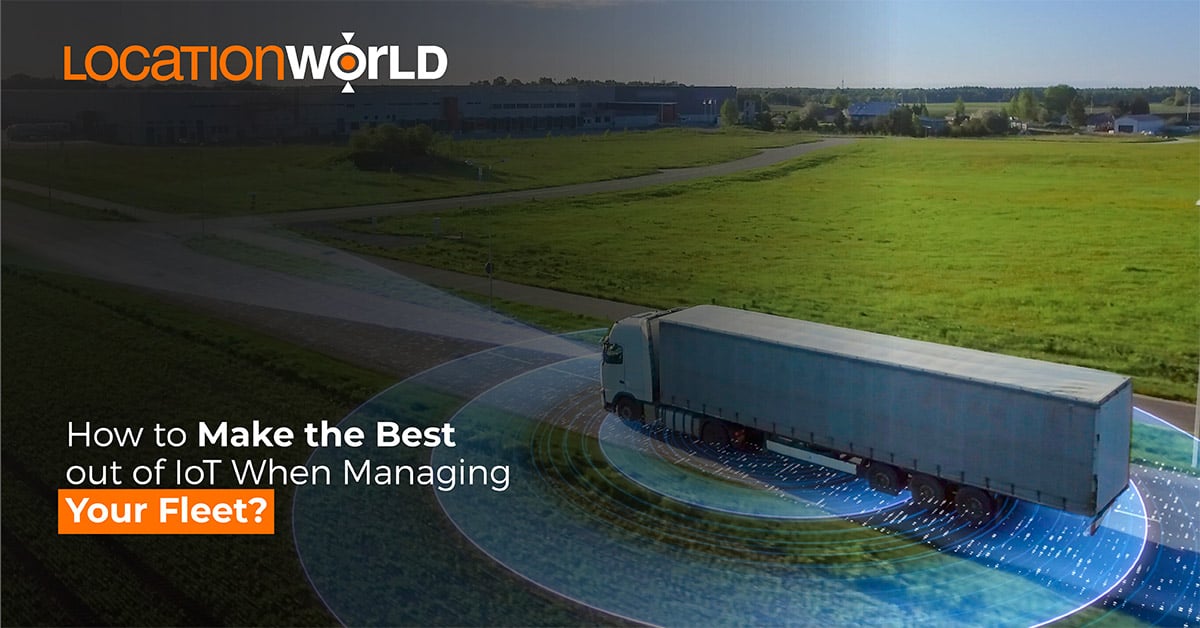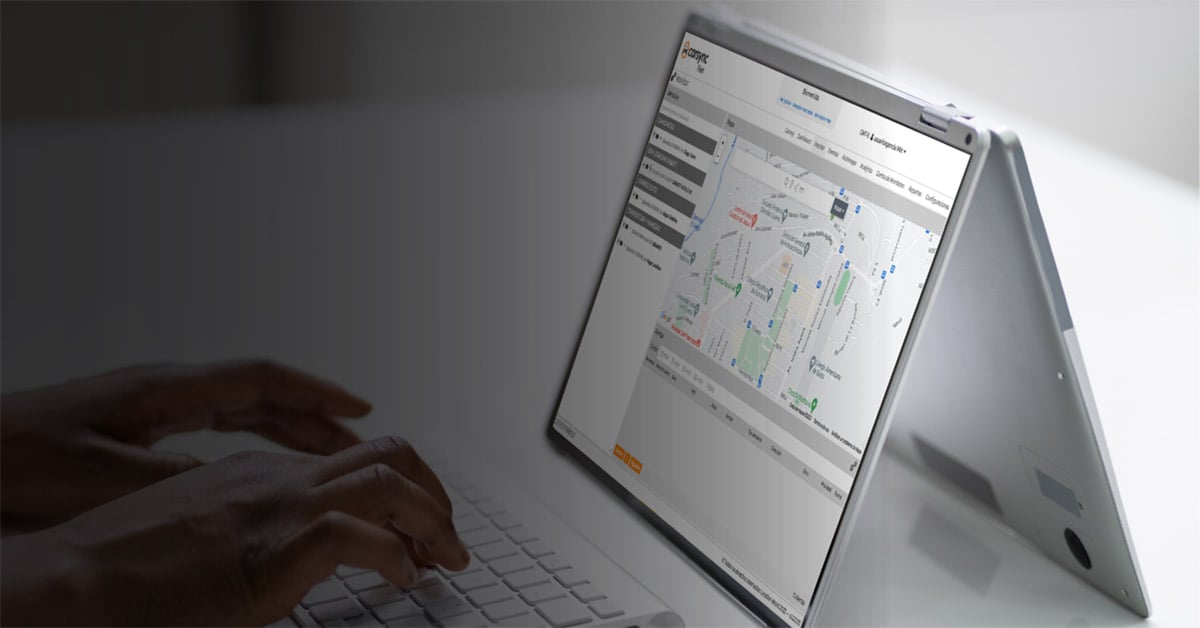 Let’s start by answering this simple question: What is IoT (a.k.a. the Internet of Things)? It’s a term that refers to the link between a physical object and the people that can work with it, through the Internet.
Let’s start by answering this simple question: What is IoT (a.k.a. the Internet of Things)? It’s a term that refers to the link between a physical object and the people that can work with it, through the Internet.
These objects or gadgets use smart sensors and software, as well as other types of technologies that generate a huge amount of data. This data can be useful in many ways for the person receiving it.
The Internet of Things was first coined in 1999 by British scientist Kevin Ashton, who connected several identifying tags to the Internet, through the use of radio frequencies (RFID). These tags were used in supply chains to quantify and monitor products, without human intervention.
Today, IoT goes further, thanks to its versatility and intelligence. Both industries and users want to be more connected and enjoy the benefits of the ever omnipresent IoT phenomenon which allows us to be 100% present, without actually being physically there, by receiving first-line data in real time through sensors, data that can be used to make better decisions.
How does IoT work?
- It all begins with embedded technology; that is technology gathered from smart gadgets. This is the first link of the IoT communication process.
- The next step is about achieving connectivity between devices, through interconnected nets, like wireless technology.
- The final part of the process has to do with the collection and storage and analysis of data through cloud computing technology and the use of tools such as
IoT has become so essential that we can foresee a future with more than a hundred billion connected devices by 2025 in every area: logistics, agriculture, and health, to name a few.
How Has IoT Powered the Logistics Industry?
The industry of goods transportation is one of the sectors that has highly benefited from IoT. It has been able to improve the way logistics operations take place, through the use of GPS devices, smart sensors, and high connectivity nets. Today, almost 25% of companies that work with this industry make use of this technology and think of it as key when it comes to guaranteeing goods traceability.
The Internet of Things has made it possible for logistics operators to:
- Automatize their processes and reports.
- Be present in each route, without actually being there, through constant monitoring.
- Improve fleet timing and overall management.
- Quickly identify flaws in every link of the logistics chain.
- Guarantee goods real-time security and traceability.
- Improve security measures to avoid unexpected spending.
For about a decade, Location World has contributed to the improvement of telematics and the creation of new business models, through the use of IoT, applied to several aspects of the transportation industry, including its security and logistics.
Through the creation of , Location World has applied the Internet of Things to the smart management of fleets. Using smart gadgets, vehicles can connect to a platform that runs with 5G connectivity (an uninterrupted net), on a multi-carrier mode, and with the possibility to connect to different types of GPS devices and include different as well as software and apps in the same platform (through Gateway and Share Device systems). This way, Location World has secured a high-level IoT experience for every logistics operator through:
- Constant and reliable transmission through the Internet.
- Gathering and organizing a solid database that can cover every aspect of a logistics operation.
- Data analysis can be transformed into useful information for more effective managerial decision-making.

Which aspects of fleet management can be improved with IoT?
1. Real-time location:
with the implementation of IoT it’s possible to know the exact location of every vehicle, thanks to geolocation, and even have access to miles traveled, routes and traffic, departure and arrival time… as well as a detailed schedule of each trip and a guide of difficult routes, thanks to one on one communication with each driver.
2. Analytics for performance and cost-effectiveness:
devices placed on vehicles allow us to gather detailed information about pace, fuel usage, idle time (the period of time when a vehicle's engine is running, but not moving to its ultimate destination), dead time on the route, etc. This information allows us to know which aspects of the operation are cost-effective and which aren’t.
3. Improvement of driving habits:
sensors inside the vehicle's cabin can identify braking, reckless driving, and even driver fatigue. With these reports, measures can be taken from the control station, if necessary, so that accidents and incidents can be prevented. This data is also useful to create a healthy driver’s policy.
4. Carbon footprint reduction:
the Internet of Things has also become a very valuable tool when it comes to social responsibility for logistics companies. Constant monitoring and controlling of fuel usage can offer important data to measure gas emotions as well.
5. Maintenance planning:
one of the biggest advantages of applying IoT to logistics is the ability to prevent or act quickly when it comes to vehicle repairs, identifying potential problematic driving behavior that can put a vehicle's integrity in danger. That way, it becomes easier to run preventive maintenance instead of corrective maintenance, which is more expensive, so that a fleet can remain productive all year round.